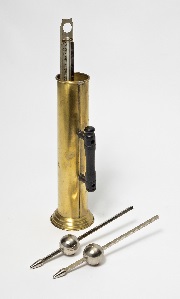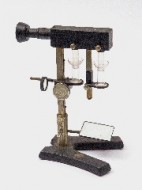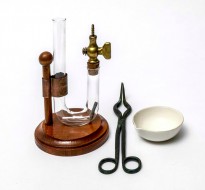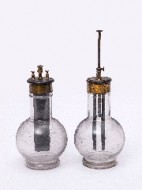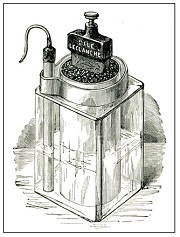Dr. William B. Jensen introduces his new series:
Like most museums, only about 25% of the holdings of the Oesper Collections
in the History of Chemistry are on public display at a given time. In order to make the remaining 75% available in some form, it was decided to initiate a series of short museum booklets, each dedicated to a particular instrument or laboratory technique of historical importance to the science of chemistry.
Each booklet would include not only photographs of both displayed and stored museum artifacts related to the subject at hand, but also a short discussion of the history of the instrument or technique and of its impact on the development of chemistry as a whole. Several of these booklets are expansions of short articles which have previously appeared in either the bimonthly series Museum Notes, which is posted on the Oesper website, or the series Ask the Historian, which appeared in the Journal of Chemical Education between 2003 and 2012.
You can access the booklets by clicking here.
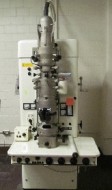

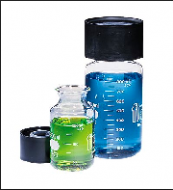
 Two new sets of science education videos are now available in JoVE, a peer-reviewed video journal. Now you can access these two new sections:
Two new sets of science education videos are now available in JoVE, a peer-reviewed video journal. Now you can access these two new sections: